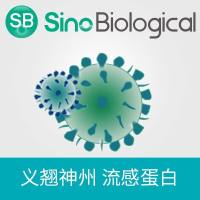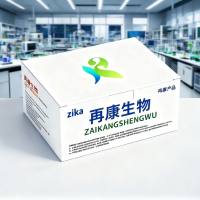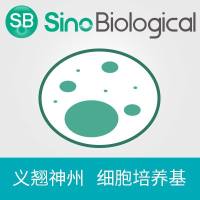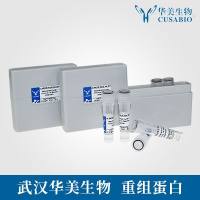Studying Fertilization in Cell-Free Extracts: Focusing on Membrane/Lipid Raft Functions and Proteomics
互联网
互联网
相关产品推荐

Hemagglutinin/HA重组蛋白|Recombinant H1N1 (A/California/04/2009) HA-specific B cell probe (His Tag)
¥2570

来自 小扁豆 的凝集素(扁豆),Isoelectric focusing marker, pI (1) 8.2, (2) 8.6, (3) 8.8,阿拉丁
¥439.90

Osteocalcin,affinity purified (human) From acid demineralized bone extracts
询价

SIM SF Expression Medium (For SF9, SF21)(Serum free) | SIM SF 细胞培养基 (用于SF9, SF21细胞)(无血清)
¥450

Recombinant-Human-Erlin-2ERLIN2Erlin-2 Alternative name(s): Endoplasmic reticulum lipid raft-associated protein 2 Stomatin-prohibitin-flotillin-HflC/K domain-containing protein 2; SPFH domain-containing protein 2
¥11788
相关问答

